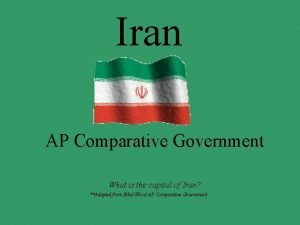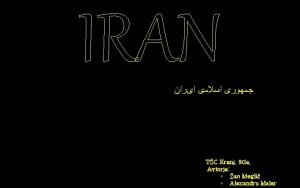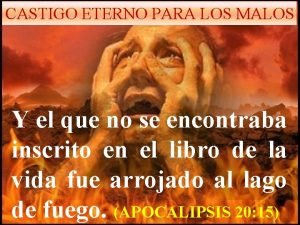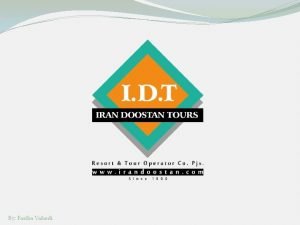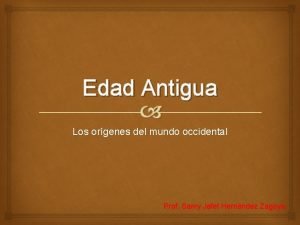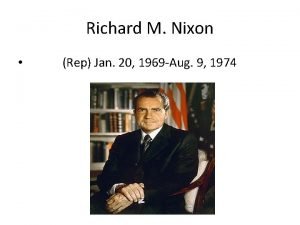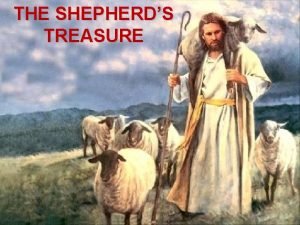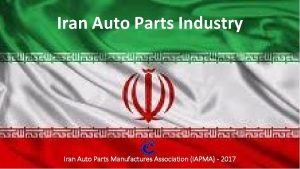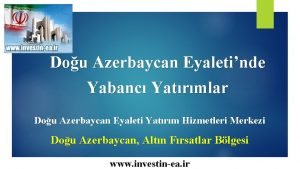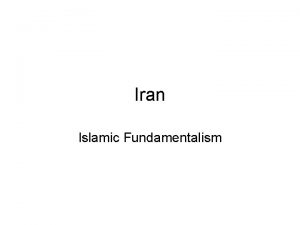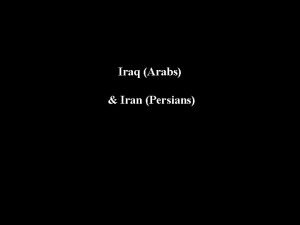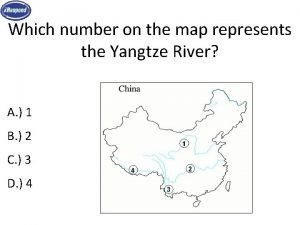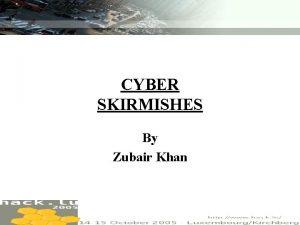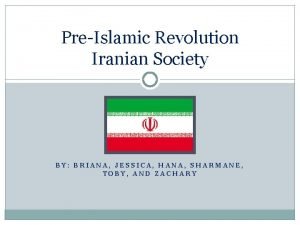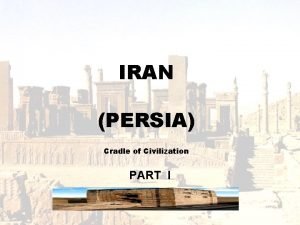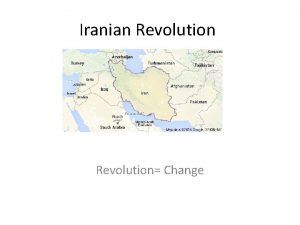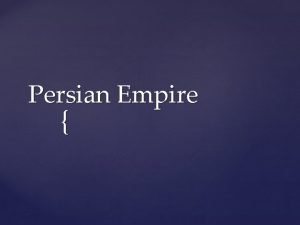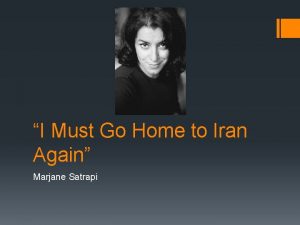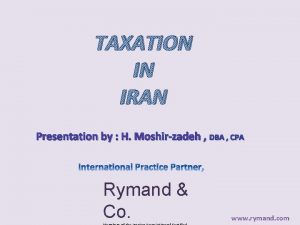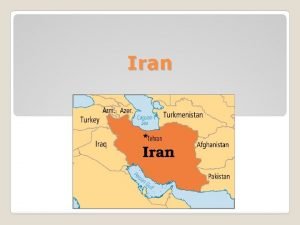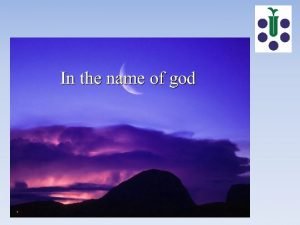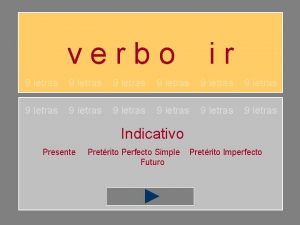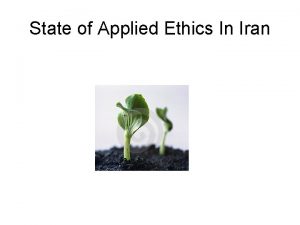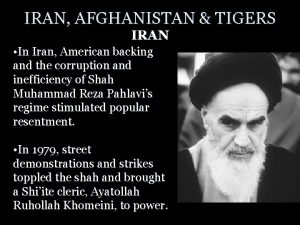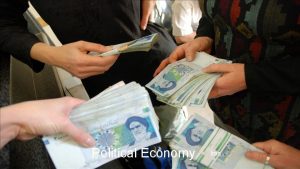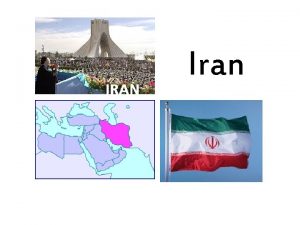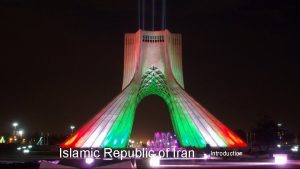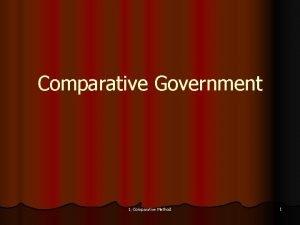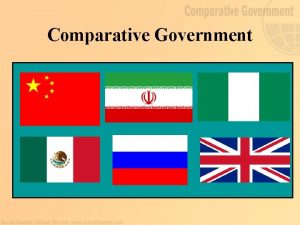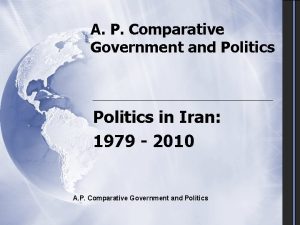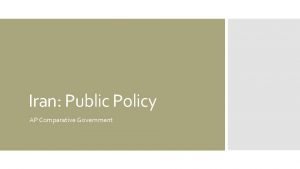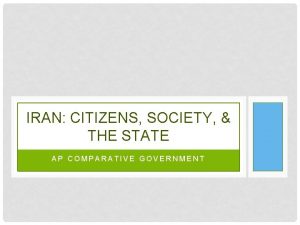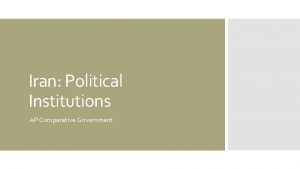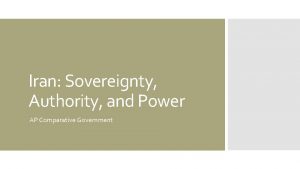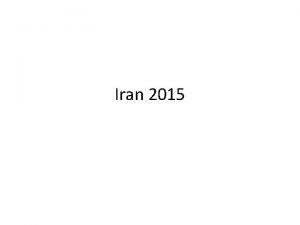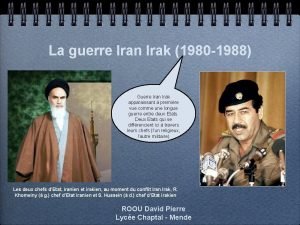Iran AP Comparative Government What is the capital
























- Slides: 24

Iran AP Comparative Government What is the capital of Iran? **Adapted from Ethel Wood AP Comparative Government

Familiarize the people with the truth of Islam so that the next generation may not think that the men of religion in the mosques of Qum and al-Najaf believe in the separation of church from state. " • -Ayatollah Ali Khameini

Impact of the Past • Persia was an important trade route between East and West • Persia was renamed in 1925 = Iran • Target for conquest (Indo-Europeans, Greeks, Arab-Islamic, Turks, Mongols) • Language = Farsi • Arab Conquest • Shi-ism

Geography • Arid plateau around 4000 feet above sea level • Bounded by Armenia, Azerbaijan, Caspian Sea, Turkmenistan, Afghanistan, Pakistan, Gulf of Oman, Persian Gulf, Turkey and Iraq

Legitimacy • Historical influences still shape modern state • Authoritarian leaders played on important role in 20 th century • Pahlavi shahs ruled from 1925 -1979 • Ayatollah Khomeini – very powerful religious and political leader

Legitimacy • Khomeini led the Revolution of 1979 – transformed legitimacy of the state • Constitution of 1979; Amendments of 1989 – (40 Amendments) • Constitution is complex mix of theocracy and democracy

Political Culture • Shi’ism unifying thread to political culture • Multi-faceted political culture: – Authoritarianism – Union of political and religious authority – Shi’ism and shari’a central components – No European colonization – Geographic limitations – Influence of ancient Persia

Political and Economic Change • Change both with revolution and evolution • Two revolutions 20 th century: – 1905 -1909 move toward democracy – 1979: reunification of religion with politics to a modern theocracy. • Economically, benefits and suffering from natural resources – Oil, lack of arable land

Four eras of change • The Safavids (1501 -1722) • The Qajars (1794 -1925) • The Pahlavis (1925 -1979) • Islamic Revolution and Republic (1979 –present)

Civil Society • Unhappiness with Pahlavi shahs was gov’t intrusion into private lives • Civil society alive and well • Guarantees written into 1979 Constitution – Islamic Republic closed down newspapers, labor unions, private organizations, political parties. – Reformers executed or fled country

Protests and Demonstrations • College campus active in protests – 1999 – gov’t shut down reformist newspaper – 2002 – death sentence for reformist academic – 2003 – student demonstrations over privatization of university system • Today: concerns from workers like high unemployment, low wages, labor laws

Women in Iran • Women have better access to education • Women often considered wards of their male relatives • Today: college students and professionals • Islamic Republic policy is “equality-withdifference” • Women not well represented in the Majles

Citizen and State • Importance of civil society • Religious laws set rules for behavior • Cleavages: – Religion – Ethnicity – Social class – Reformers v. conservatives

Government Institutions • Theocracy represented in the national government by the Supreme Leader, and governmental bodies called the Guardian Council and Expediency Council. • The president, The Assembly of Religious Experts, the national assembly (Majles) are democratically elected

Political Parties • Constitution provides for Political Parties, but government did not allow them until 1997 (Khatami) • Parties are unstable • Currently: – – Iranian Militant Clerics Society Islamic Iran Participation Front Executives of Construction Party Islamic Society of Engineers • Some reformist parties and parties of former dissidents still active.

Elections • Citizens over age of 15 may vote national and local elections • Plurality vote (no proportional representation) • Two round voting: 2 nd round majority • Majles Election 2004 – Voter turnout about 51% • Presidential Election 2005

Jurists Guardianship • Supreme Leader, Assembly of Religious Experts, Expediency Council: all three have executive, legislative, and judicial powers that supersede all other positions • Principle of velayat-efaqih (jurist guardianship) because they best understand the shari’a

Political Roles • Executive: President does not have same authority as presidents in presidential systems • President considered Chief Executive and highest state official under the Supreme Leader • Directly elected – 4 year terms; 2 term limit • Heads bureaucracy

The Legislature (Majles) • Unicameral legislature • Assembly of Religious Experts similar to upper house. • Majles directly elected • Powers: – enact and change laws (with approval) – Interpret leg (don’t conflict with judicial authorities – Investigate complaints

Judicial • Two types of law: – Shari’a and qanun – Principle of jurist guardianship • Islamized judicial code • Local judges pronounce final decisions • Some broadening of interpretation

Military • Revolutionary Guards = elite military force • Supreme Leader is Commander in Chief • Regular army tasked with defending borders • Eighth largest military in world • Nuclear weapons?

Iranian President: Mahmoud Ahmadinejad

Questions and Concepts: • What are the most important challenges confronting the Iranian political system today and how can these be put into a historical perspective? • Can Iran be classified as an example of economic modernization and political development? Explain.

Terms to know • • • • • ayatollah theocracy Majles fatwa Guardian Council Supreme Leader Farsi Shi'ism People of the Book Qu'ran Shari'a bazaars fundamentalism jurist's guardianship mosque pasdaran imam Hezbollah hojjat al-Islam • jihad • rentier state • dual society • OPEC • Imam Jum'ehs • Foundation of the Oppressed • Assembly of Experts • maslahat • Expediency Council • Ruhollah Khomeini • Ali Rafsanjani • Mohammed Khameini • Mohammed Khatami • Shah Reze Pahlavi • SAVAK • White Revolution • Tudah Party
 Iran ap comparative government
Iran ap comparative government What are the three levels of government
What are the three levels of government Razboiul dintre iran si irak
Razboiul dintre iran si irak Kranj prebivalstvo
Kranj prebivalstvo Castigo eterno biblia
Castigo eterno biblia Iran doostan
Iran doostan Iran
Iran William knox d'arcy
William knox d'arcy Iran contra affair
Iran contra affair Shepherd treasure
Shepherd treasure Iran auto parts
Iran auto parts Iran azeri bölgesi
Iran azeri bölgesi Iran cat map
Iran cat map Iran
Iran Which number on the map shows the yangtze river? 1 2 3 4
Which number on the map shows the yangtze river? 1 2 3 4 Iran cyber
Iran cyber Jessica hana
Jessica hana Arezoo khoramdin
Arezoo khoramdin Savak iran
Savak iran Satrapy of iran
Satrapy of iran I must go home to iran again
I must go home to iran again Dba iran
Dba iran What was iran known as before 1935
What was iran known as before 1935 Iran population
Iran population Yo pasado presente futuro
Yo pasado presente futuro
